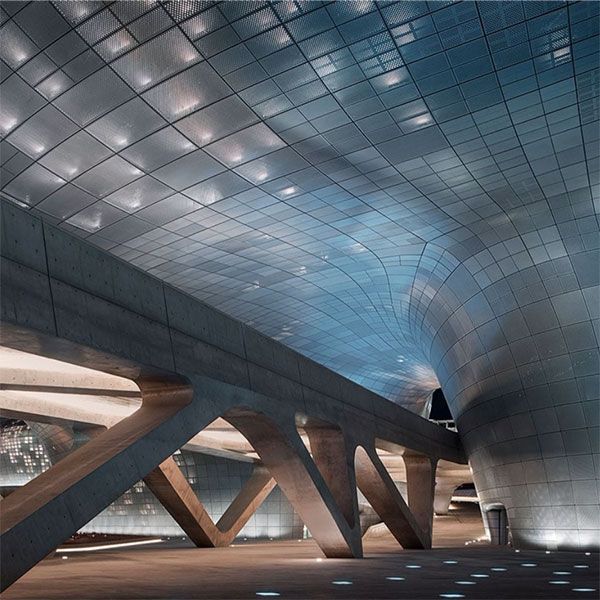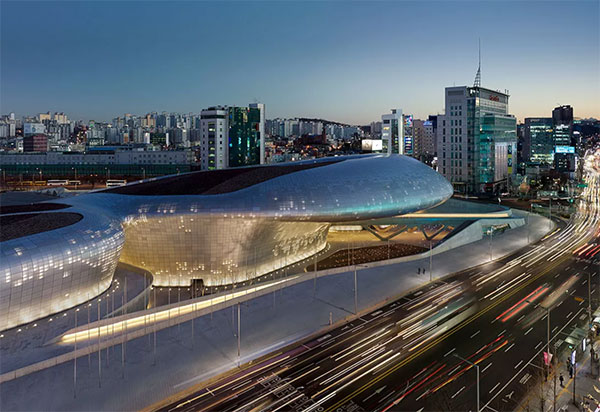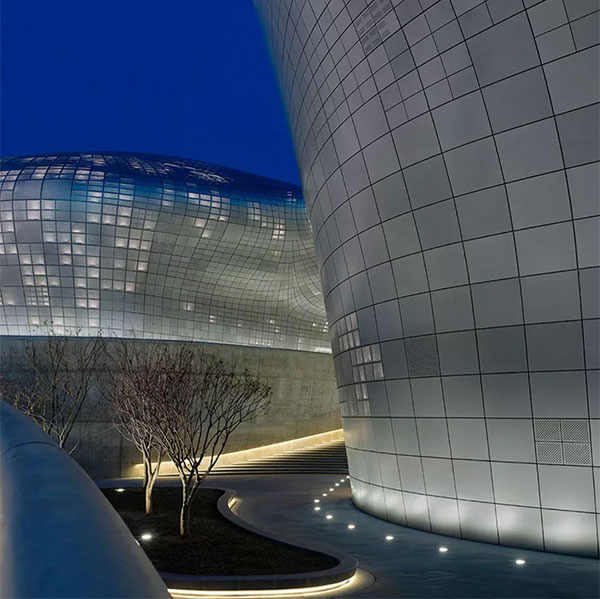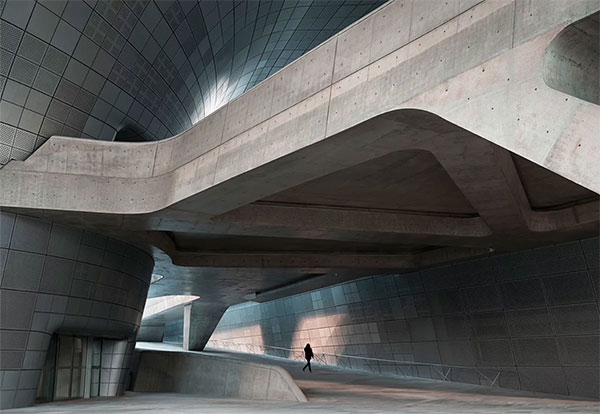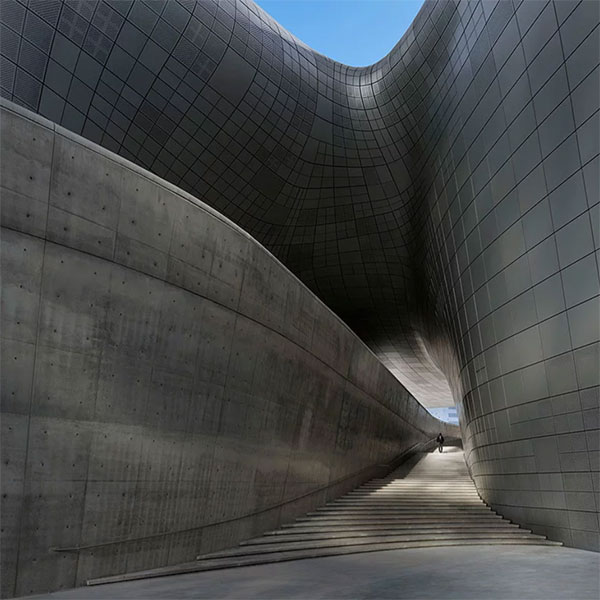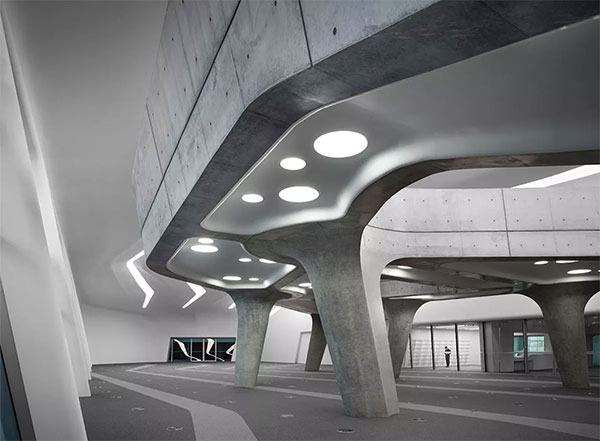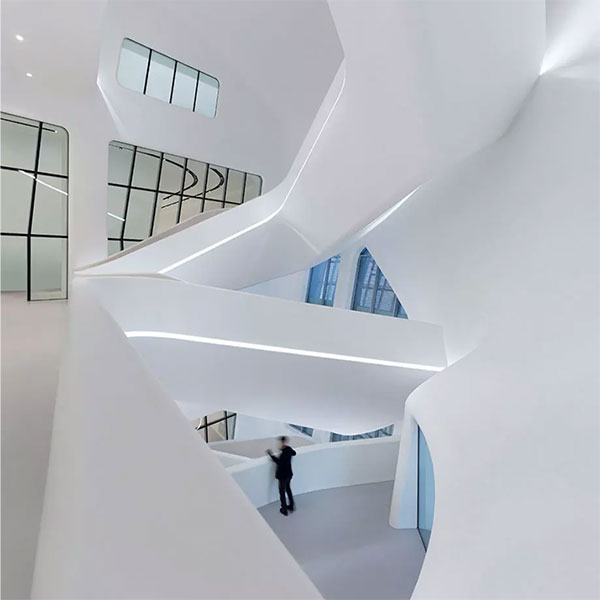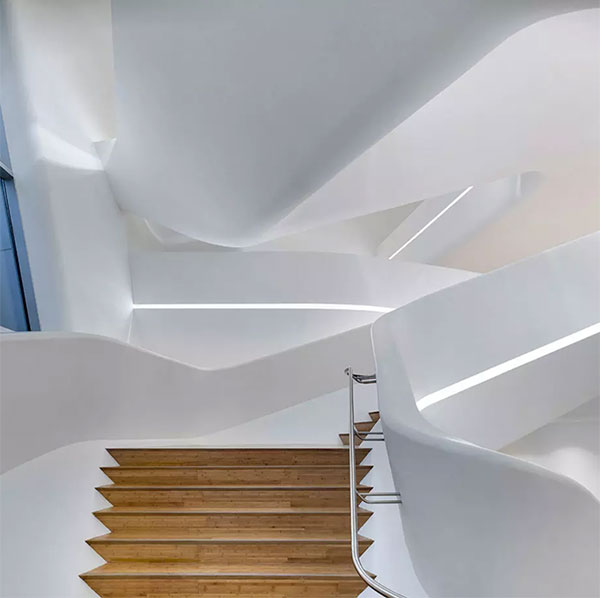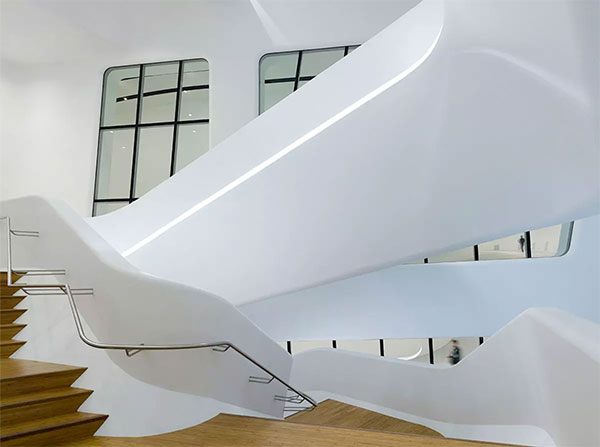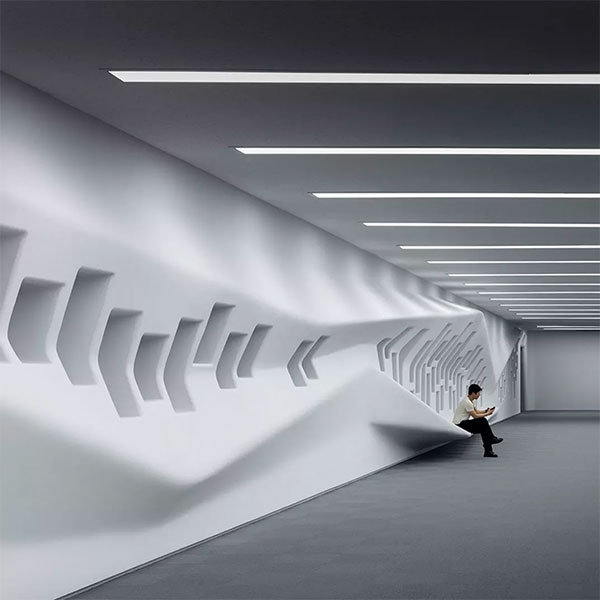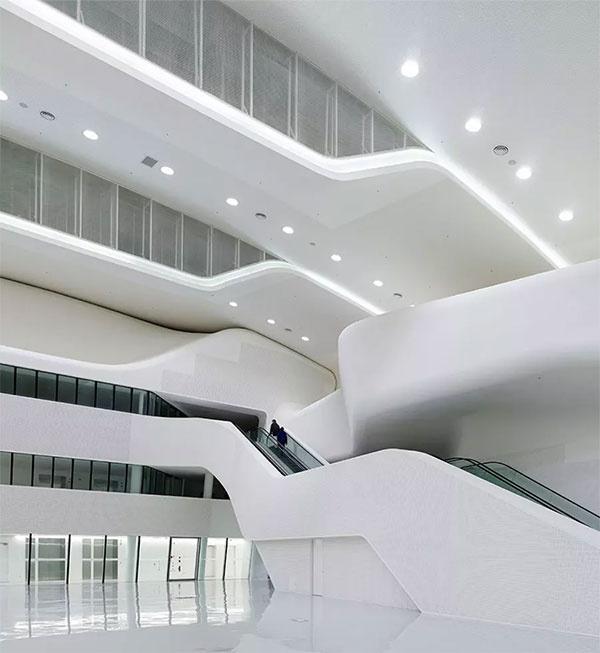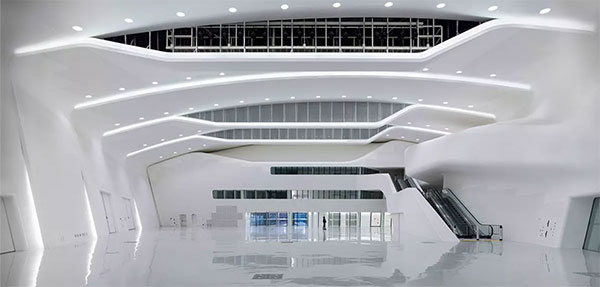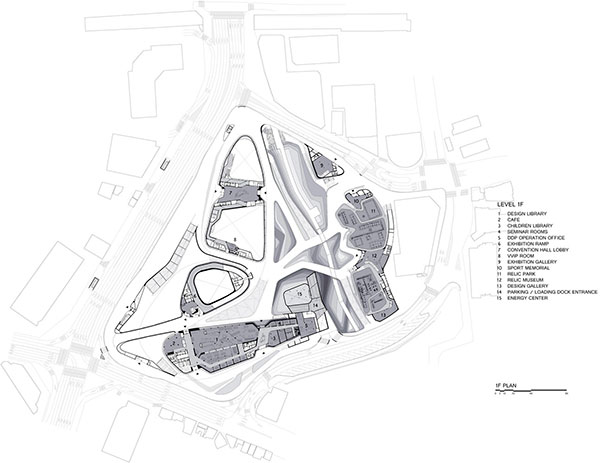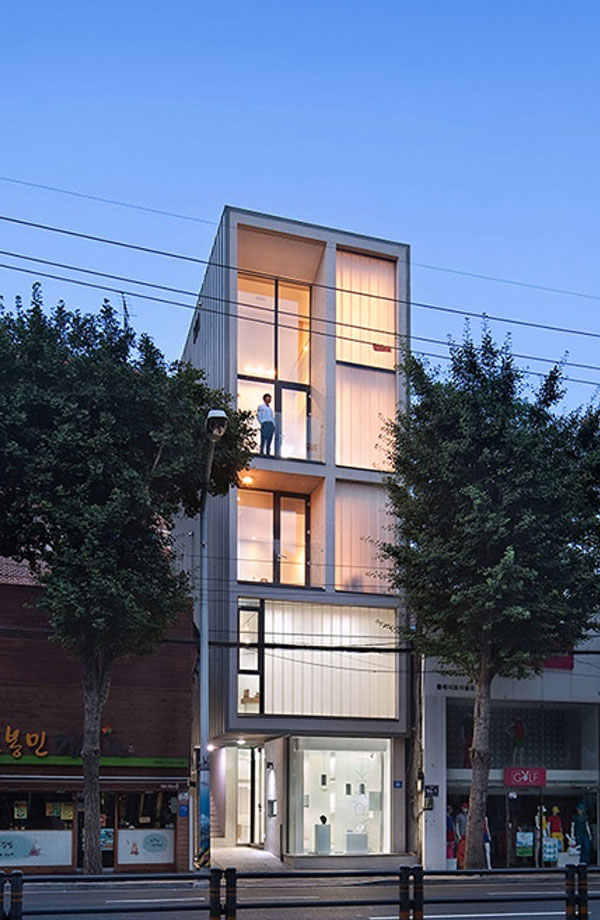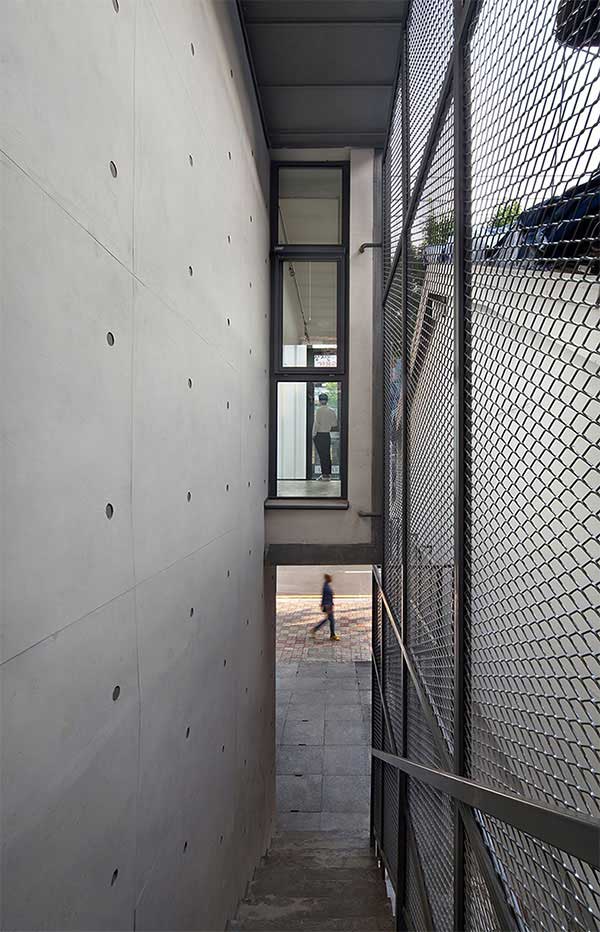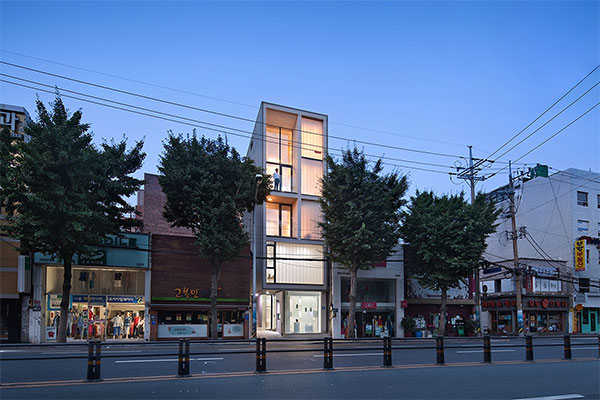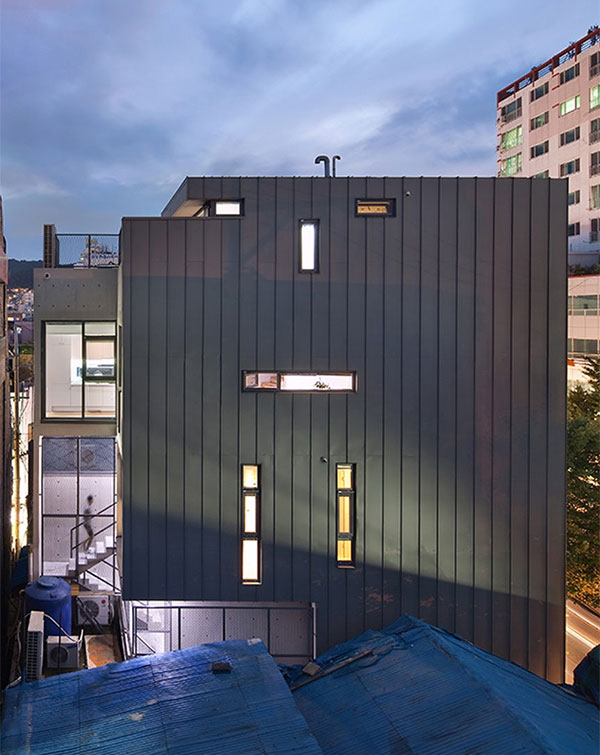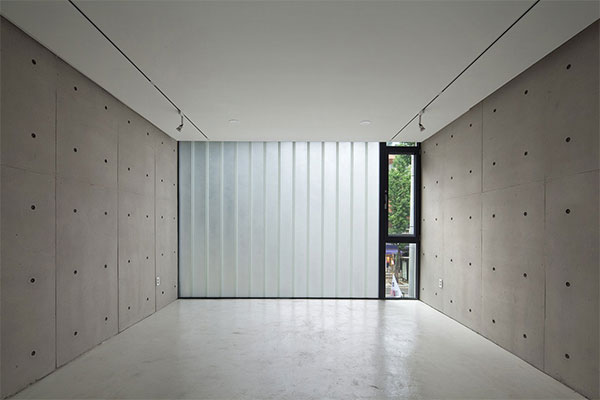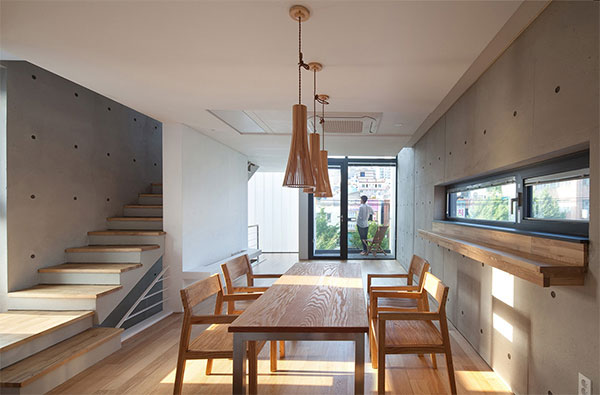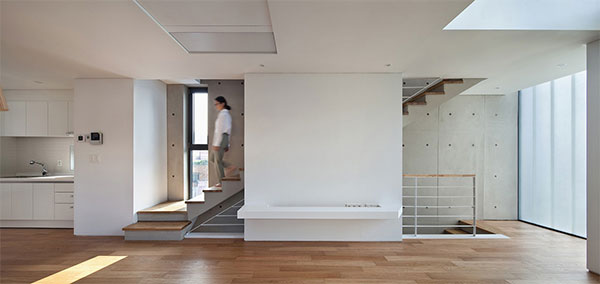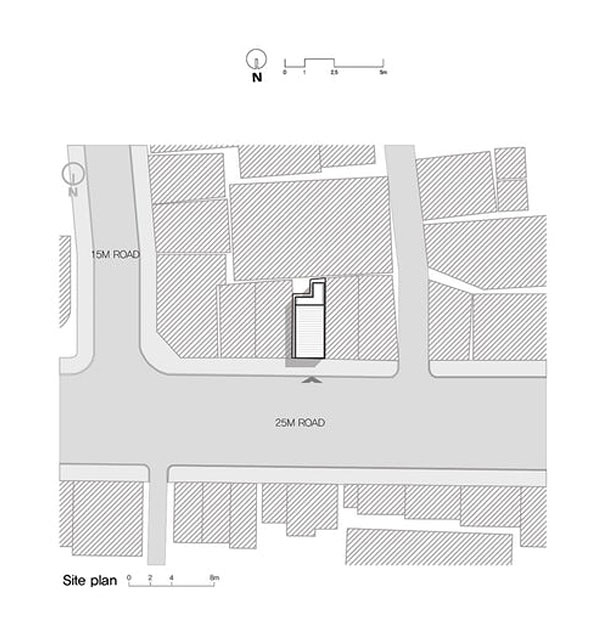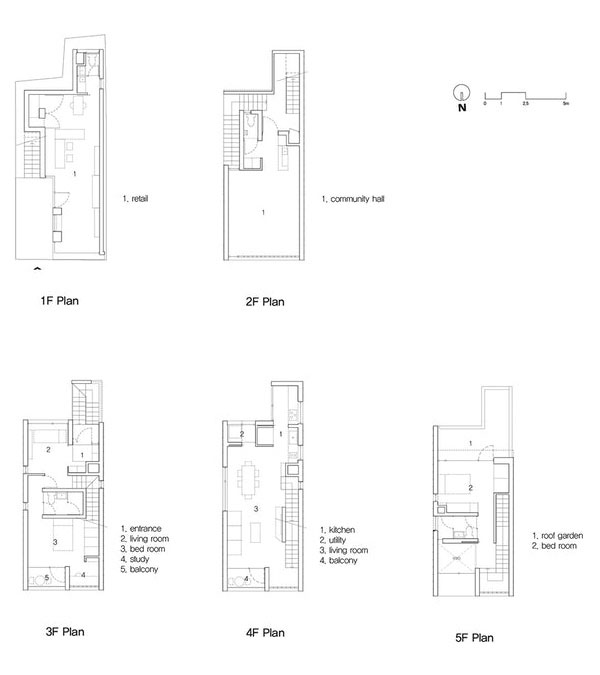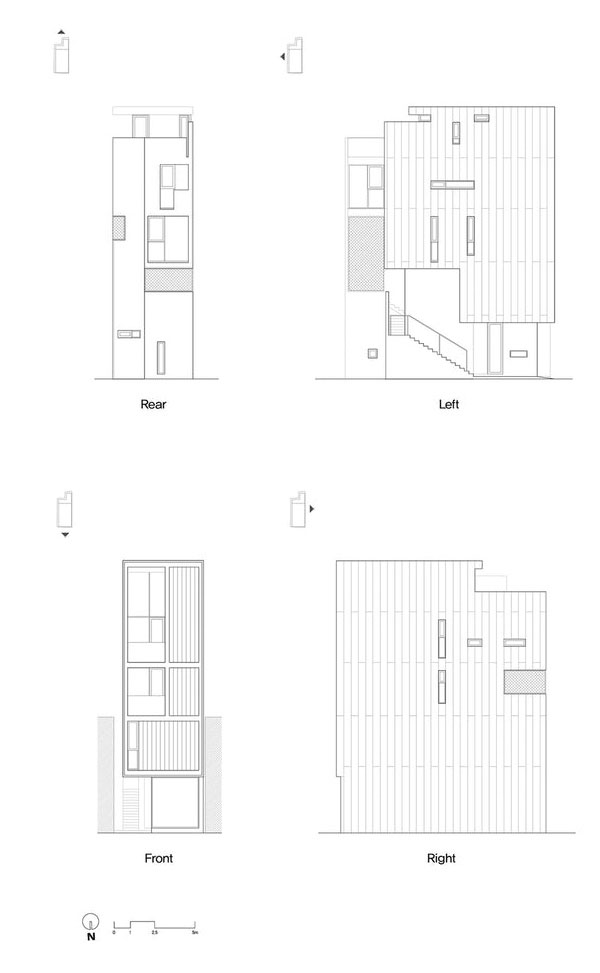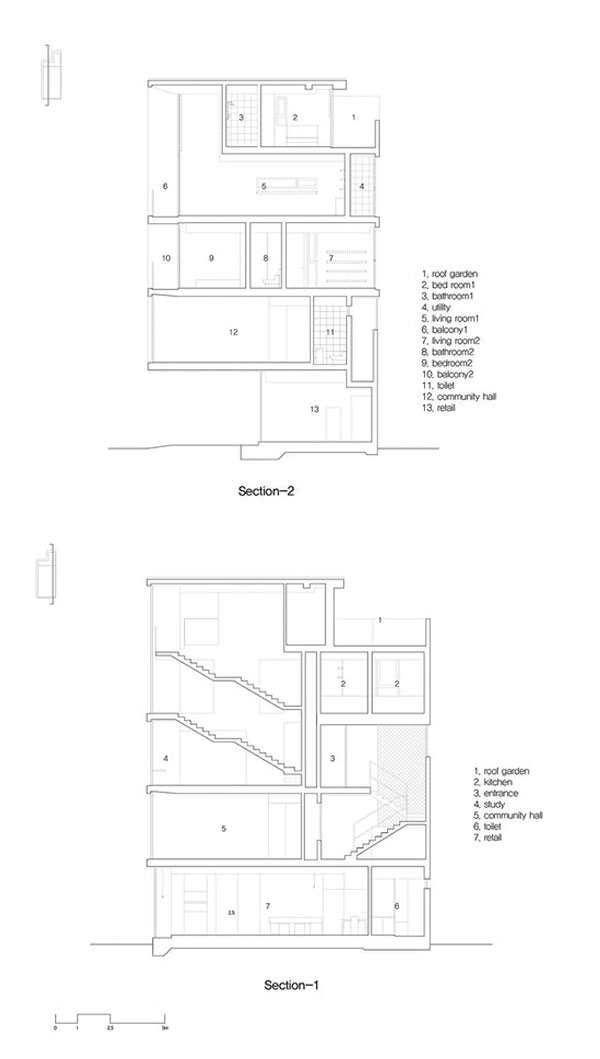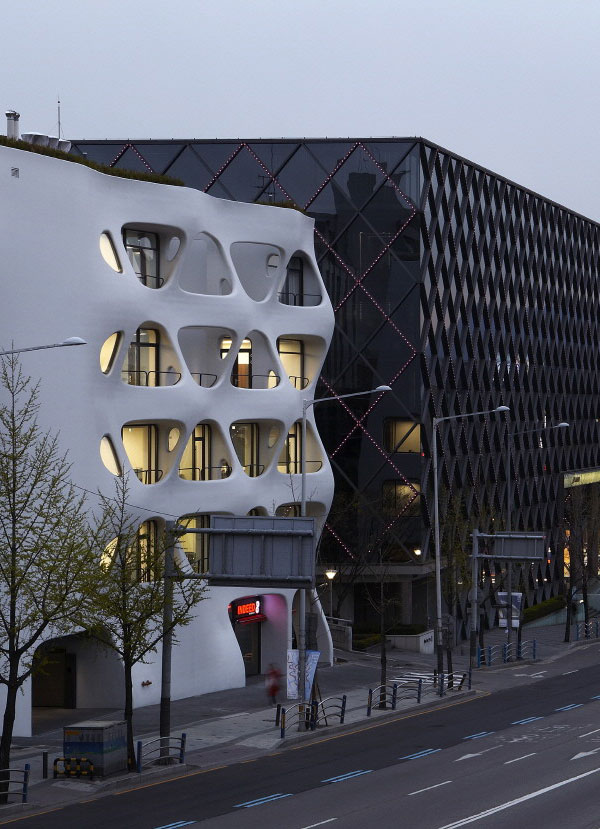
The building is located on 104 Hannam Blvd., which connects the Tunnel 2 and Hannam Bridge. As one of the streets with the most traffic congestion, it has defined the characteristic of the site. Even though the project is a small building, defining the urban landscape was the question and it became the starting point for the plan. In conclusion, the visual interaction between the users in the building and those, people in the car, on the street during traffic congestions was explored. The facade, which mostly composes the urban scenery, does not allow any visual communication between the pedestrians nor the vehicles. This project is to depart from the unilateral communication where only the users in the building are allowed to look out. The natural, visual communication between the environment (pedestrians, residents) and the architecture will reevaluate the characteristics of the architectures that comprise the urban landscape.
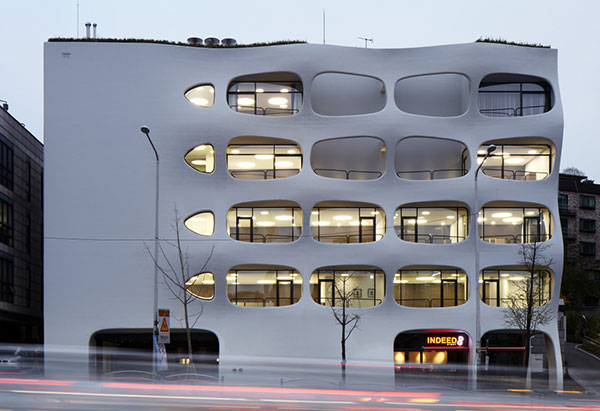
The purpose of the building is for the offices. Many of us spend more than 8 hours per day in the enclosed office spaces which can be resembled as livestock living inside a fence. To free the users in the building, a balcony is planned adjacent to all of the office spaces. Small balconies would allow the space for two to three person conversation spaces, private spaces for phone conversations, and ultimately allow the users to breathe some fresh air. These balconies can be visualized as floating park. The balcony within a city is the key to experience the city. In addition, the office users would significantly benefit psychologically as the decreased density in the office spaces would, also, reduce the accumulated fatigue.
Facade Structure.
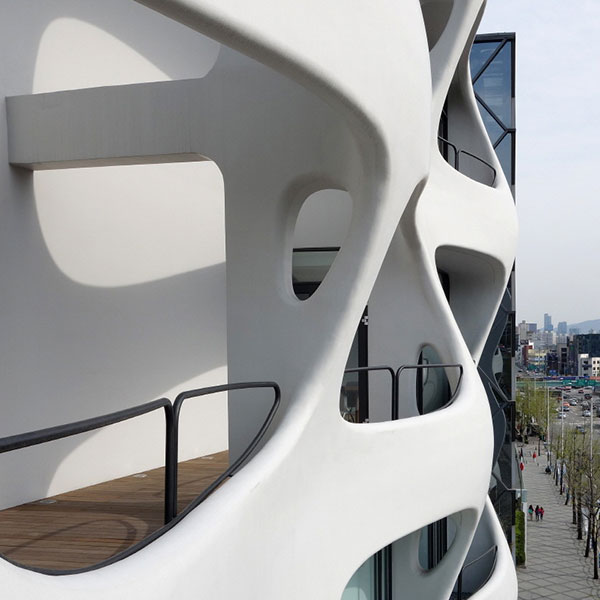
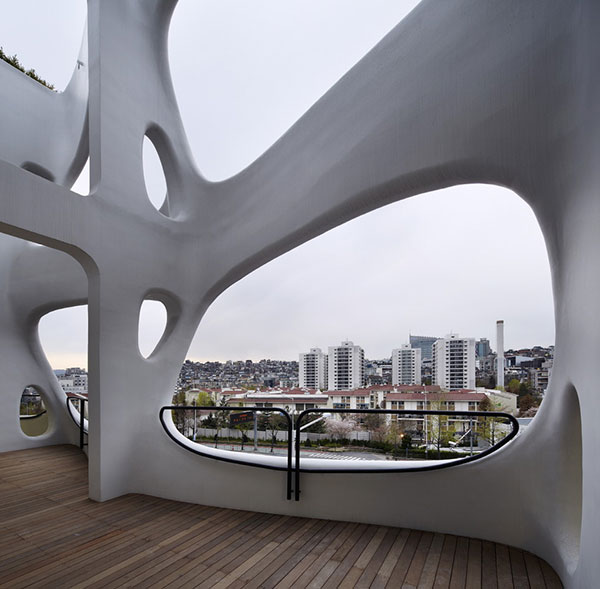
To create the balconies, the outer shell became the structure. The duality of main structure and sub-structure allowed the structural members to either merge or divide, and create void space between structures to form the balconies. This is similar to the rib structure which developed from the Gothic architecture to create a vaulted ceiling. The waves between the balconies are repeated to differentiate the floors; it is systematic but planned to create an irregularity. Footprint of the building has increased as the balconies were additions to the office spaces. Elimination of the facade¡¯s edge led the outer shell of the building to be recognized as a surface.
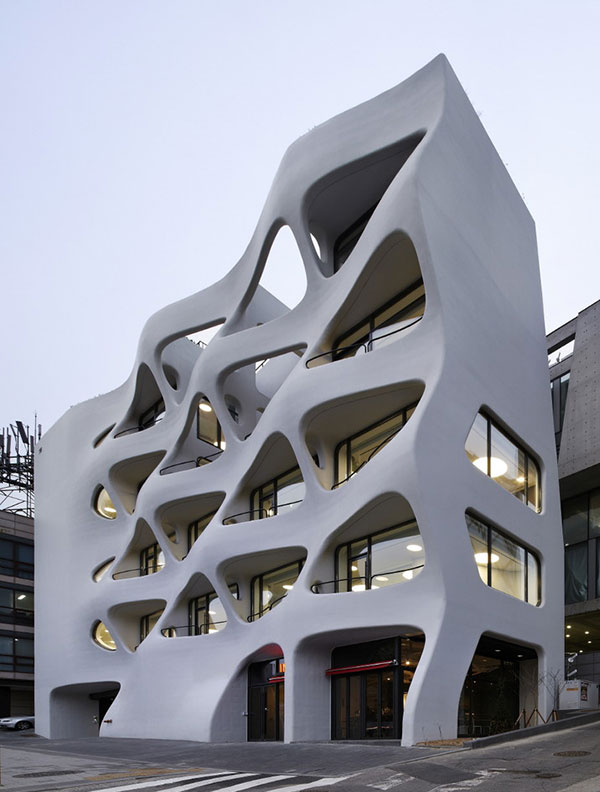
A steel plate split-mold system was fabricated to construct the series of 3-dimensional curved facade structure. The concrete was poured into the 3-dimensional mold which required the cast to be separated at the inflection point. The nature of the split-mold required the concrete to be poured by section. It had to be poured at one section then onto the mirrored top section. The method of color coding helped the field workers to easily understand the process, which also created a new working environment for the construction crew.
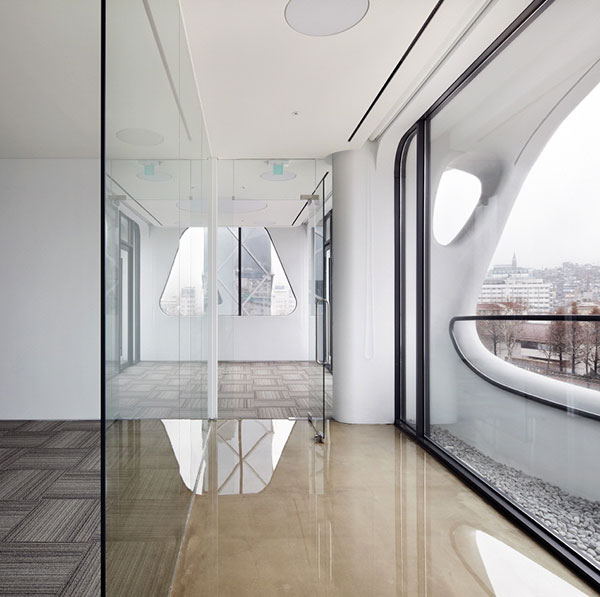
The front elevation does not reveal the 3-dimensional aspect of the building; however, as the perspective changes, the experience changes dramatically. This pattern is similar to op art where the main factor is on the observer¡¯s perspective. In extend, this brings very different experiences of the volume of the building to the pedestrians then to those driving in the car. We can imagine the short communication of the passerby¡¯s (as they glance at the building) and the users (standing at the balcony). This would bring a small joy to those of expressionless urban landscape.
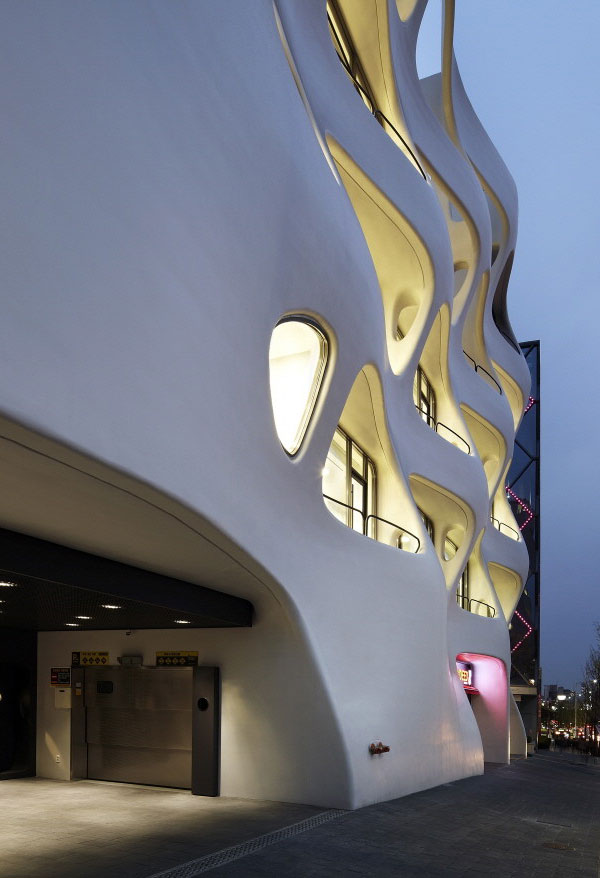
Architects
: THE_SYSTEM LAB
Location
: 104 Hannam-daero, Yongsan-gu, Seoul, South Korea
Design Team
: Choonglyeol Lee, Sanghyun Park, Jongkil Kim, Jinchul Choi
Design
: Chanjoong Kim
Area
: 433.0 sqm
Project Year
: 2014
Photographs
: Yongkwan Kim
Structural Engineer
: THE KUJO Co., Ltd
Mechanical Engineer, Electrical Engineer
: HANA Consulting Engineers Co., Ltd
Construction
: Geo Hyun Construction Co.,Ltd(Architecture), Kumkang enterprises Co., Ltd(Interior)
THE_SYSTEM LAB

